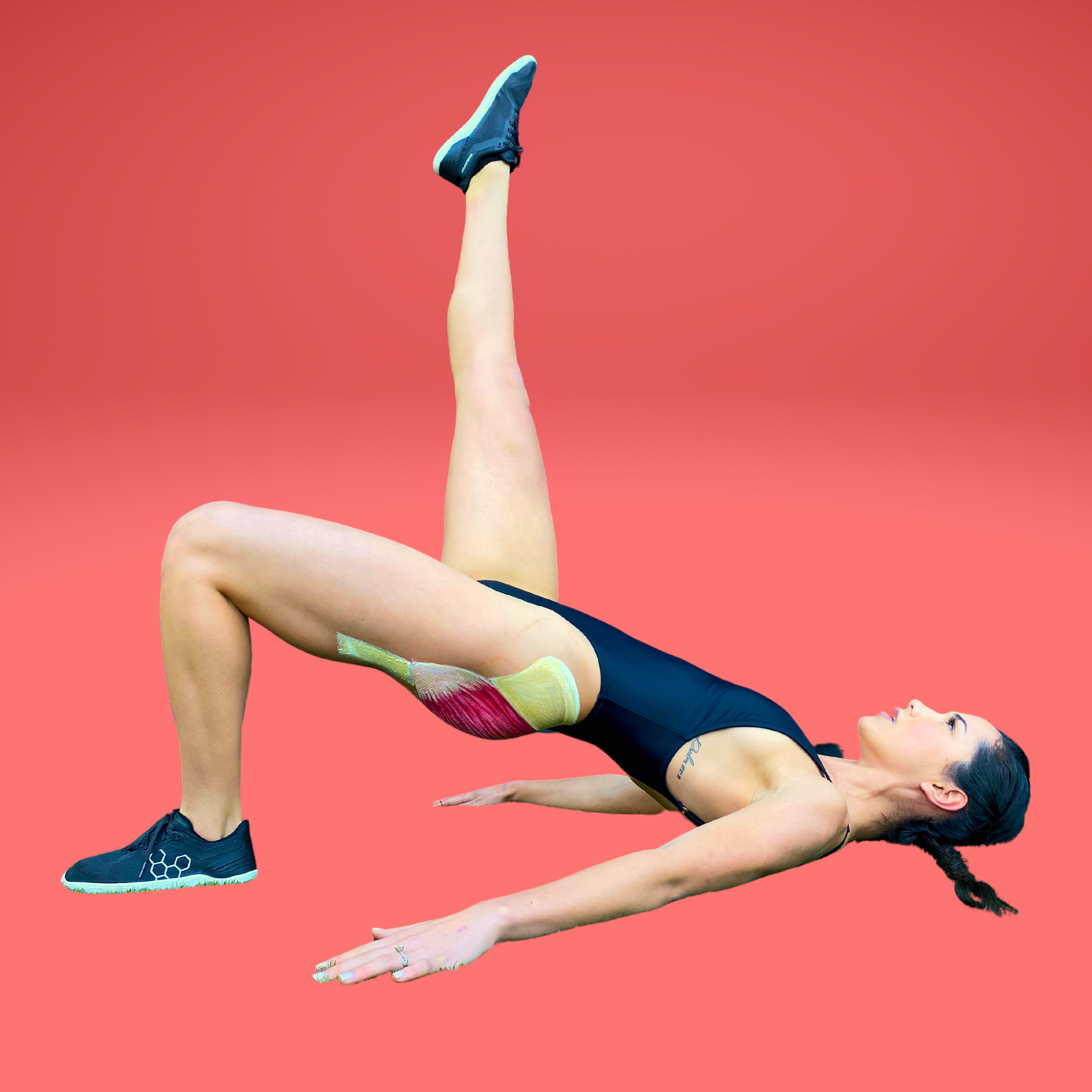How to Do a Glute Bridge the Correct Way
If your low back is hurting while you’re rocking your glute bridges at the gym (or wherever you like to work out), you’re doing them wrong! A glute bridge is not a low back exercise. Learning how to properly execute a glute bridge will help you target your glutes, especially the gluteus maximus, hamstrings, and your transverse abdominis (just keep your abs tight). Learn how to do a glute bridge the right way as well as various “don’ts” in our blog today.
What Is a Glute Bridge?
A glute bridge is a simple exercise that you can do anywhere while on the ground on your back. You place your feet on the ground and thrust up with your hips, squeezing your glutes at the top. It is important to note that people can do this incorrectly and hurt their back, so be sure to watch out for anterior tilt and rib flare while doing this exercise.
How Do You Do a Glute Bridge?

Do you experience back pain while performing a glute bridge? You might be thrusting your hips up too high or putting yourself into anterior pelvic tilt. Here’s how to get it right:
-
Lie down on your back and place your feet down with your knees facing up.
-
Tuck your pelvis by drawing your pubic bone up towards your face (this maximizes glute engagement and helps you engage your lower abdominal muscles).
-
Rotate your sternum down to avoid rib flare (this maximizes your core engagement by lighting up your upper rectus abdominis).
-
If you’d like extra abdominal activation, engage your transverse abdominis by drawing your belly button in towards your spine.
-
Combine these steps and thrust up squeezing your glutes at the top.
What Are the Benefits of a Glute Bridge?
The benefits of a glute bridge include improving your glute strength, core stability, and hamstring tone. Glute bridges are also a great warm up exercise as well for squatting and deadlift performance and contribute to better athletic ability.
One of our favorite benefits of this exercise is that it helps you learn how to use your glute muscles properly while driving hip extension to open your hips, which will help you better perform all your daily life tasks.
What Should You Avoid Doing in This Exercise?
Here are a couple things to keep in mind while doing your glute bridges:
-
Watch out for anterior tilt (where your pelvis rotates forward so your spine curves).
-
Notice if your ribs are flaring.
-
Pay attention to your feet placement.
-
Be mindful of your head and neck.
-
Don’t bridge too high and turn this into a low back exercise (not the purpose of this exercise).
-
Don’t forget to squeeze your glutes at the top of the exercise.
What If You Still Have An Anterior Pelvic Tilt in This Exercise?
If you have anterior pelvic tilt, that’s okay! It’s common and totally fix-able. Sometimes a forward pelvic tilt can be caused by a tight muscle, such as a tight hip flexor due to prolonged periods of sitting. It could also be due to weak abdominal muscles or poor posture that put the pelvis out of alignment.
If you would like to improve your anterior pelvic tilt, try out the MoveU Membership. We will teach you how to permanently fix this so you can lead a better, more aligned life.




